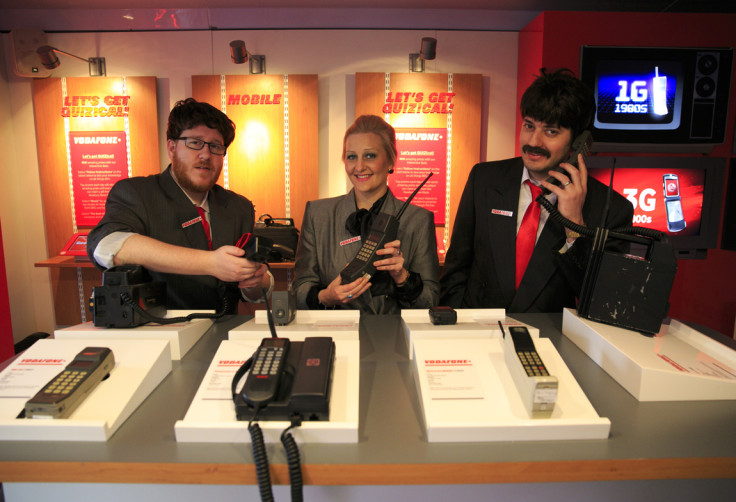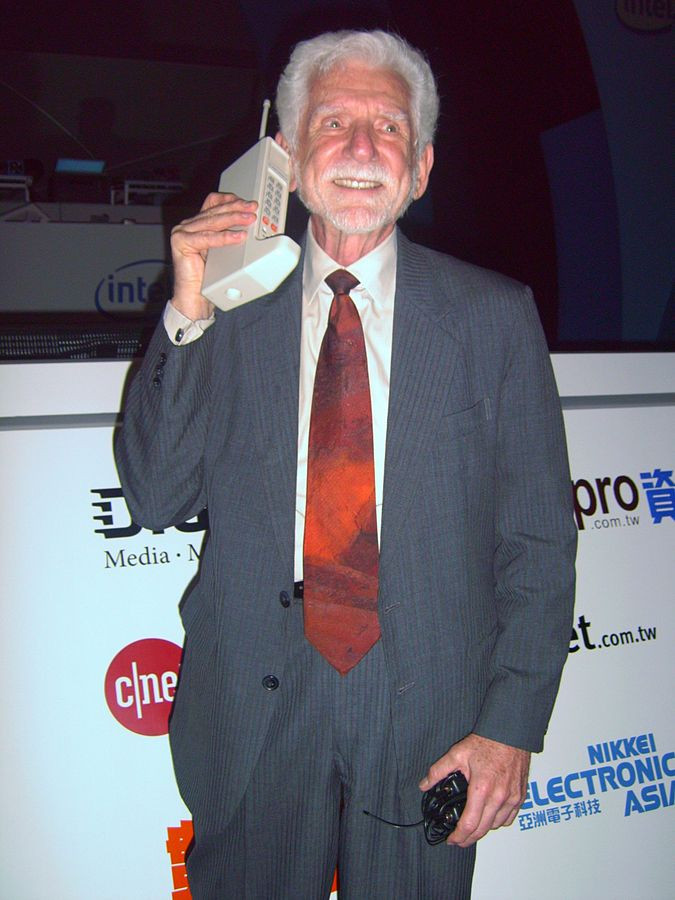We could have had mobile phones in the 1940s
AT&T wanted to develop a cellular phone network - but the FCC prioritised TV channels instead.

Mobile phones have transformed our lives over the last 20 years, providing us with not just a critical portable communication tool, but also a pocket-sized personal computer. It's a technical revolution, yet it turns out that we actually could have had mobile phone technology four decades sooner.
In the US, mobile telephone service (MTS) technology was in existence in 1946, and fixed telephone provider AT&T (formerly Southwestern Bell Corporation, founded by the telephone's inventor Alexander Graham Bell) wanted to develop a cellular telephone network, which is what we're currently using today.
However, the US Federal Communications Commission (FCC) said no, according to research turned up by Reason.com.
It seems that the FCC felt that portable telephones would be a luxury or convenience, rather than a necessity, so when it came to allocating radio spectrum in 1949, they gave 59.2% of the spectrum to set up broadcast television channels, and kept 25% of government use. The telecoms industry was only given 4.7% of the total spectrum, which wasn't enough to do anything much with.
TV broadcasters blocked mobile networks for decades
What's a cellular network?
A cellular network would enable people to use portable phones that could receive and transmit wireless signals to a mobile base station located in their local area, and each area served by a mobile base station would be called a "cell".
The mobile base stations would be linked to each other by cables, which would in turn connect to the existing landline telephony network.
Many parts of the world call this technology "mobile networks" and therefore "mobile phones", while America calls it a "cellular network" and "cell phones".
The result was that TV hogged all of the available radio spectrum even though they weren't using most of it, and when the telecoms providers tried to complain to the FCC, TV broadcasters argued repeatedly that telecoms wasn't a good use for the spectrum.
Of course, this is just the US, but getting new technologies to be adopted around the world requires a lot of money to develop it. Often other countries will only adopt a technology when it works for someone else.
As a result of the FCC's abstinence over portable telephones, it took almost four decades for mobile networks to truly come to consumers.
And even after missing the initial boat in the 1940s, it would actually have been possible to have an operational cellular network and mobile phones by 1973, according to a damning 1991 report by the National Economic Research Associates entitled "Estimate of the loss to the United States caused by the FCC's delay in licensing cellular telecommunications".
The reason this didn't happen was that TV and cellular telephony continued to be stuck in a legal battle from 1970 to 1982, and the fight against cellular was surprisingly led by none other than Motorola, the firm that ultimately had the most to gain from mobile phones when spectrum licenses were eventually approved in the early 80s.
Motorola almost stifled mobile phone technology

It seems that Motorola's biggest rival was AT&T. All the other players in the telephony market were looking at other ways to get portable phones to work using various mobile radio telephone systems (this is the name for all pre-cellular mobile technologies, or rather "0G").
This was similar to the battle that raged between WiMax and LTE to become what we now call 4G.
The leading competitor to MTS at the time was Radio Common Carrier (RCC), which made use of VHF radio, which stands for "very high frequency" and is today mostly used by the maritime industry for boats at sea, where mobile signal is inconsistent.
RCC made use of predominantly very high frequency electromagnetic waves from the 30MHz to 300MHz range, so it didn't need much spectrum.
The networks set up were mostly private land mobile networks used for business purposes, such as to allow workers on an oil rig to talk to headquarters back on land, or to help people in an airport organise and coordinate baggage loading and retrieval.
Motorola was a leading provider of land mobile radios, which it could sell for several thousands of dollars each to RCCs, so the firm actively promoted RCC as a technology while shunning cellular, until AT&T finally won its battle to get cellular licences approved in 1981.
Yet, while the legal battles persisted, Motorola quietly did a U-turn and began developing what eventually demonstrated the world's first handheld mobile phone call on the Motorola DynaTAC 8000X. This move paid off, and Motorola eventually became the world's second largest mobile phone manufacturer in 2006, before the smartphone boom turned its fortunes again.
© Copyright IBTimes 2025. All rights reserved.






















